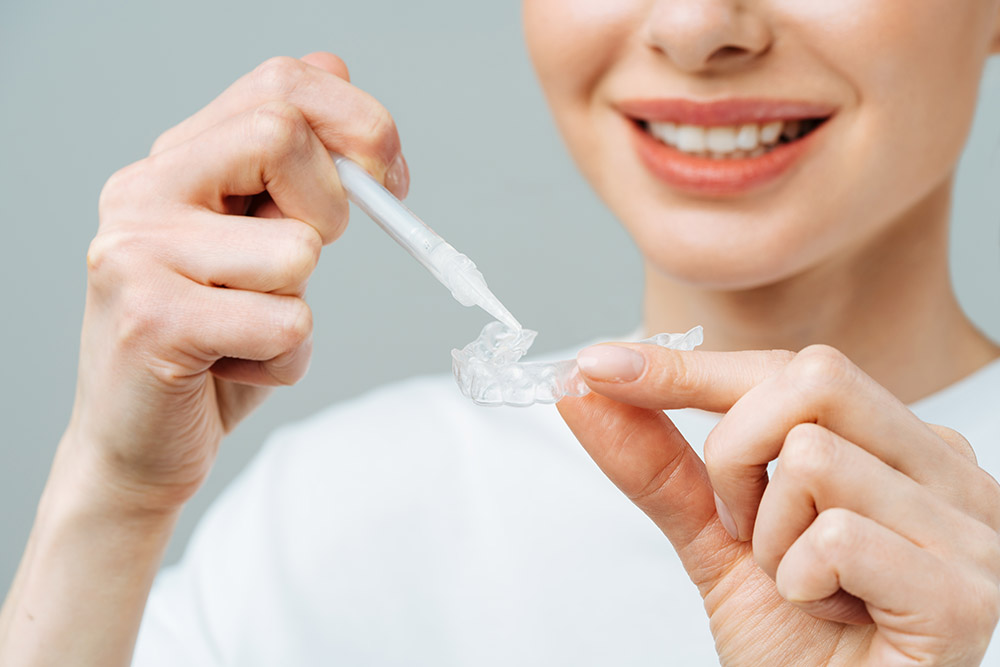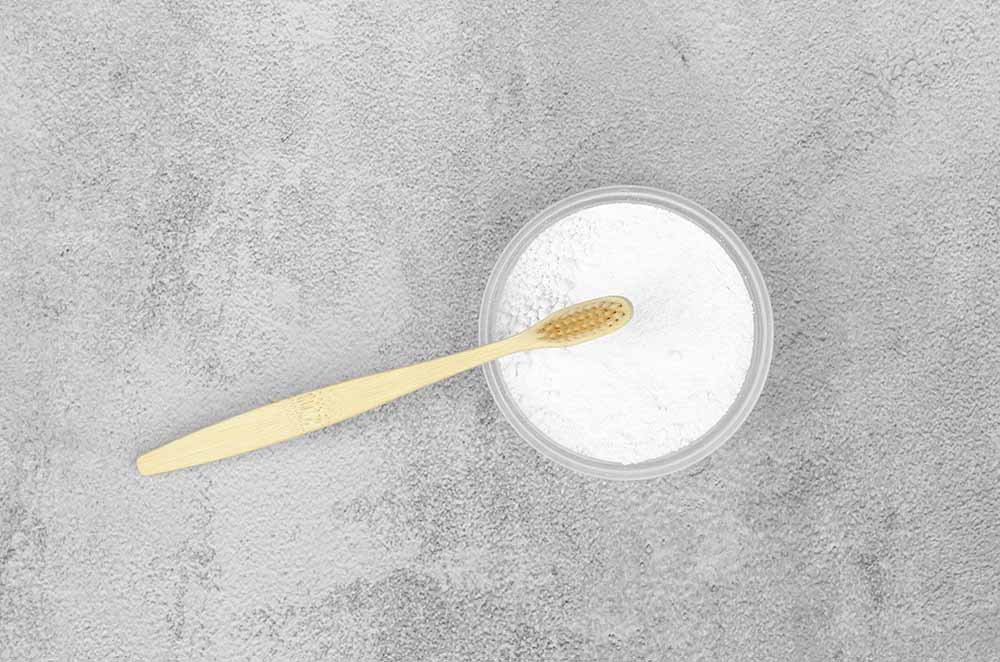In a world where a bright smile is often seen as a ticket to confidence and success, exploring the most effective teeth whitening methods can be a game-changer. From the high-tech allure of professional treatments like Zoom 4 and laser whitening to the convenience of home kits and strips, this guide dives into the top 8 teeth whitening solutions. Whether you’re considering a quick in-office procedure or a DIY approach, understanding the pros and cons of each method is key to achieving that coveted, radiant smile.
In the article, we will discuss:
Professional Teeth Whitening

Zoom 4 – Ultraviolet
What is Zoom 4 teeth whitening?Zoom 4 teeth whitening is a popular cosmetic dental procedure. It starts with a specialist applying a protective layer to the gums to prevent irritation. Then, the Zoom whitening gel is evenly applied to the teeth. An ultraviolet lamp is directed at the teeth, activating the gel, which breaks down stains and discolors them.
Pros
One of the main advantages of Zoom 4 teeth whitening is its fast and noticeable result: teeth lighten by 6-8 shades in one session
The procedure is safe, especially when performed by a qualified dentist
Zoom 4 technology does not affect tooth sensitivity as much as other whitening methods
With proper dental care and periodic procedures, the results can last a long time (up to 3-4 years)
Cons
Can be more expensive than other whitening methods and is usually not covered by dental insurance
Some patients may experience tooth sensitivity or mild gum irritation immediately after the procedure
Not suitable for everyone, especially those with severe tooth decay, gum disease, or restorations such as crowns and veneers on the front teeth
Laser Whitening
What is laser teeth whitening?This method involves applying a hydrogen peroxide-based whitening gel, which is then activated by a special laser to enhance the whitening process.
Pros
Fast and significant whitening effects, often achieved after just one treatment
The precision of the laser provides a targeted effect, and the procedure itself is considered gentler on the hard tissues of the tooth
The effect lasts up to 2-3 years
Cons
Almost the same as Zoom 4: price, sensitive enamel in some patients
Is the appearance of sensitivity after whitening – normal or not? Expert opinions!
KÖR
What is KÖR teeth whitening?KÖR teeth whitening is a comprehensive whitening system known for its ability to tackle stubborn stains, including those caused by tetracycline. The procedure combines in-office and at-home treatments. Initially, custom whitening trays are created that secure the whitening gel to the teeth, minimizing its contact with the gums and saliva. Patients use these trays at home for 3-4 weeks.
Pros
The KÖR system is highly regarded for its effectiveness in removing deep stains
The method is known for its long-lasting results (greater than Zoom and laser), often with minimal or no dietary restrictions post-treatment
It is a very gentle technique, thanks to the unique gel formula and individually tailored trays that protect the gums and minimize irritation
Cons
KÖR whitening is typically more expensive than other whitening methods and is generally not covered by dental insurance
The process requires adherence to a home treatment regimen, which can be inconvenient for some patients
We suggest learning more about the benefits of in-office teeth whitening and advanced techniques to help you achieve a beautiful, bright, and most importantly, healthy smile.
Home (Over-the-Counter) Methods

Home Teeth Whitening Kit
What is it?Home teeth whitening kits are over-the-counter dental products used for cosmetic teeth whitening at home. These kits typically include whitening strips, gels, or trays pre-filled with a bleaching agent, usually hydrogen peroxide or carbamide peroxide. Users apply these products directly to their teeth, following the instructions provided, for a specified period, which can range from a few minutes to overnight. The frequency and duration of use vary depending on the product and the desired level of whitening.
Pros
The main advantage of home teeth whitening kits is their convenience and affordability
They allow users to whiten their teeth at a time that suits them, without leaving home
Cons
Can only whiten a few shades and take more time compared to professional in-office whitening treatments
There’s an increased risk of incorrect application, leading to uneven whitening or damage to gums and teeth
Sensitivity and irritation are common side effects
Teeth Whitening Strips
What are they?Strips coated with a whitening gel containing a bleaching agent. To use, the strips are applied directly onto the teeth, ensuring a snug fit over the enamel. They are typically worn for a short period, ranging from a few minutes to an hour, depending on the product’s instructions. The course of treatment can last from several days to several weeks.
Pros
Teeth whitening strips are popular for their convenience and ease of use
They are generally affordable and widely available in pharmacies and online
Effective in removing surface stains, they can lead to noticeable teeth whitening with regular and consistent use (lightening teeth by 6-8 shades)
Cons
Sometimes they don’t whiten as evenly as professional products, especially if the strips don’t fit perfectly or slip during use
Sensitivity and gum irritation can occur, especially if the bleaching agent contacts the gums
The whitening effect is not as long-lasting as with professional methods
Hydrogen Peroxide Teeth Whitening
What is it?A popular whitening agent used in various forms, such as gels in whitening trays, strips, and some toothpaste formulas. In home kits, it is typically used in lower concentrations for safety. Hydrogen peroxide breaks down stain molecules on the teeth, which over time leads to a lightening of tooth color. The duration and frequency of treatment depend on the concentration of hydrogen peroxide and the desired level of whitening.
Pros
Effectively removes surface and some deeper stains
Widely used in both professional dentistry and home settings, offering flexibility in treatment options
Cons
Excessive concentration can cause: tooth sensitivity, gum irritation, enamel damage
Minimal effect from home whitening
So which is actually better – home or professional teeth whitening? Evaluate all the pros and cons in our article.
Other Methods

Baking Soda Teeth Whitening
What is it?This method involves mixing baking soda with water to create a paste, which is then applied to the teeth using a toothbrush. For a stronger whitening effect, some mix it with hydrogen peroxide.
Pros
Affordable and readily available. Baking soda is a common household item
Effectively removes surface stains caused by food, drinks, or smoking, thereby lightening the teeth
It’s a natural product, appealing to those who prefer a holistic approach to dental care. Its mild abrasive properties help gently polish away stains without harsh chemicals
Cons
Baking soda does not contain fluoride, which is essential for protecting teeth against decay
Ineffective in whitening deep stains
Excessive use can disrupt the pH balance in the mouth, potentially causing other dental issues
Oil Pulling
What is it?Oil pulling is an ancient practice involving swishing a tablespoon of oil, usually coconut, sesame, or sunflower oil, around in the mouth for 15-20 minutes. The procedure is done on an empty stomach, typically in the morning. It’s believed that the oil pulls toxins and bacteria from the mouth. It’s important not to swallow the oil and to rinse the mouth thoroughly with water afterward.
Pros
Natural and non-abrasive, making it a gentle alternative to chemical whitening methods. Popular among holistic health enthusiasts
Proponents claim it not only whitens teeth but also improves overall oral health by reducing bacteria and plaque
Freshens breath and may contribute to healthier gums and teeth with regular use
Cons
Limited scientific evidence supporting its effectiveness in teeth whitening
Requires a significant time commitment and consistency. Some people may find the process uncomfortable or difficult to maintain for the recommended duration
What to do if you have irreversible damage to your teeth that prevents effective whitening? For example, chips, cracks, congenital provision, or stains? Or perhaps you’re looking for a whitening method that will last for 15-20 years? Consider getting porcelain veneers. These thin plates completely cover all aesthetic defects of the dental row and help achieve the bright white smile you’ve long dreamed of for many years.

